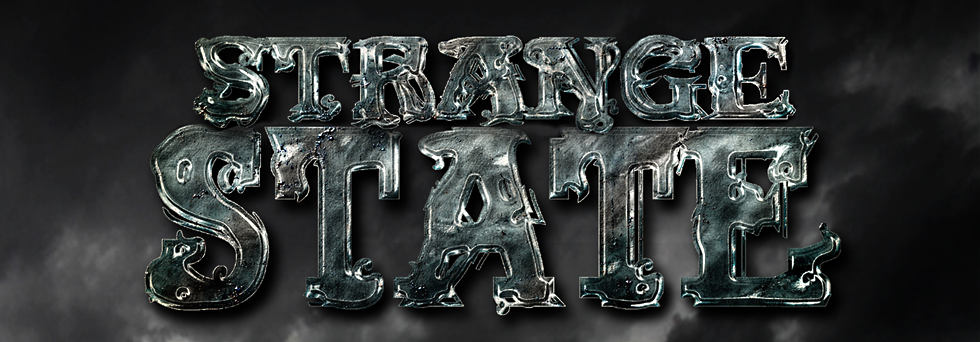In the summer of 1964, terrestrial telescopes were aimed squarely at the moon in hopes of catching glimpse of the mysterious red illuminations--some as wide as 12 miles--spotted at Lowell Observatory the previous winter by Air Force 'moon mappers' plotting lunar topography for forthcoming visits.
Some joked at the time these were the flickering campfires of Russian explorers, who thus far were winning the space race.
The activity seemed centered around a large crater known as Aristarchus. Some, such as Dr. John Hall of the Lowell Observatory, believed tidal forces might warp the moon's crust, allowing for the expulsion of hot volcanic gases.
In time, this phenomenon would come to be known as Transient Lunar Phenomenon (TLP) and it would be discovered these mysterious lights have a long history. Canterbury monks spotted them in June 1178; British astronomer Sir William Herschel caught sight of the phenomenon in April 1787; Julius Schmidt, a lunar cartographer, caught sight of them in 1866; and Russian scientists viewed them in November 1958.
In 1969, during the Apollo 11 mission, NASA had the fortune of receiving a report from West Germany of these lights in the vicinity of the Aristarchus crater. What the astronauts saw on the moon confirmed what those on Earth were spotting: "an area that is considerably more illuminated...It seems to have a slight amount of fluorescence," Neil Armstrong reported.
Theories abound from impact events and electrostatic phenomena to outgassing and distortions in the atmosphere. Although, if Armstrong is to be believed, the latter doesn't follow, since both the Germans on Earth and the astronauts on the moon witnessed the same event. Moreover, Armstrong's description of a fluorescent phenomenon seems to eliminate many of the favored explanations. It may be that something altogether new is going on.
Until we can once again return to the moon or otherwise establish a consistent presence (with unmanned lunar rovers perhaps), we won't be able to answer these riddles anytime soon.


1 comment:
I hadn't heard of this phenomenon. It sounds very interesting. My guess is perhaps just the right angle of light on an area that is fluorescent. I'd probably want to line up the times of the year it was seen to see if that might be at work. How intriguing. You always find the most fun stuff! I love anything that makes me go, huh?
Post a Comment